Looking back at Taryn Simon’s Guggenheim Award-Winning Series: The Innocents
03.28.17 By The Innocents (2002)
The Innocents
The Innocents (2002) documents the stories of individuals who served time in prison for violent crimes they did not commit and explores photography’s role in criminal investigations.
The primary cause of wrongful conviction is mistaken identification. A victim or eyewitness identifies a suspected perpetrator through law enforcement’s use of photographs and lineups. This procedure relies on the assumption of precise visual memory. But, through exposure to composite sketches, mugshots, Polaroids, and lineups, eyewitness memory can change. In the history of these cases, photography offered the criminal justice system a tool that transformed innocent citizens into criminals. Photographs assisted officers in obtaining eyewitness identifications and aided prosecutors in securing convictions.
Simon photographed these men at sites that had particular significance to their illegitimate conviction: the scene of misidentification, the scene of arrest, the scene of the crime or the scene of the alibi. All of these locations hold contradictory meanings for the subjects. The scene of arrest marks the starting point of a reality based in fiction. The scene of the crime is at once arbitrary and crucial: this place, to which they have never been, changed their lives forever. In these photographs Simon confronts photography’s ability to blur truth and fiction — an ambiguity that can have severe, even lethal consequences.
Here are four more photos from the series.
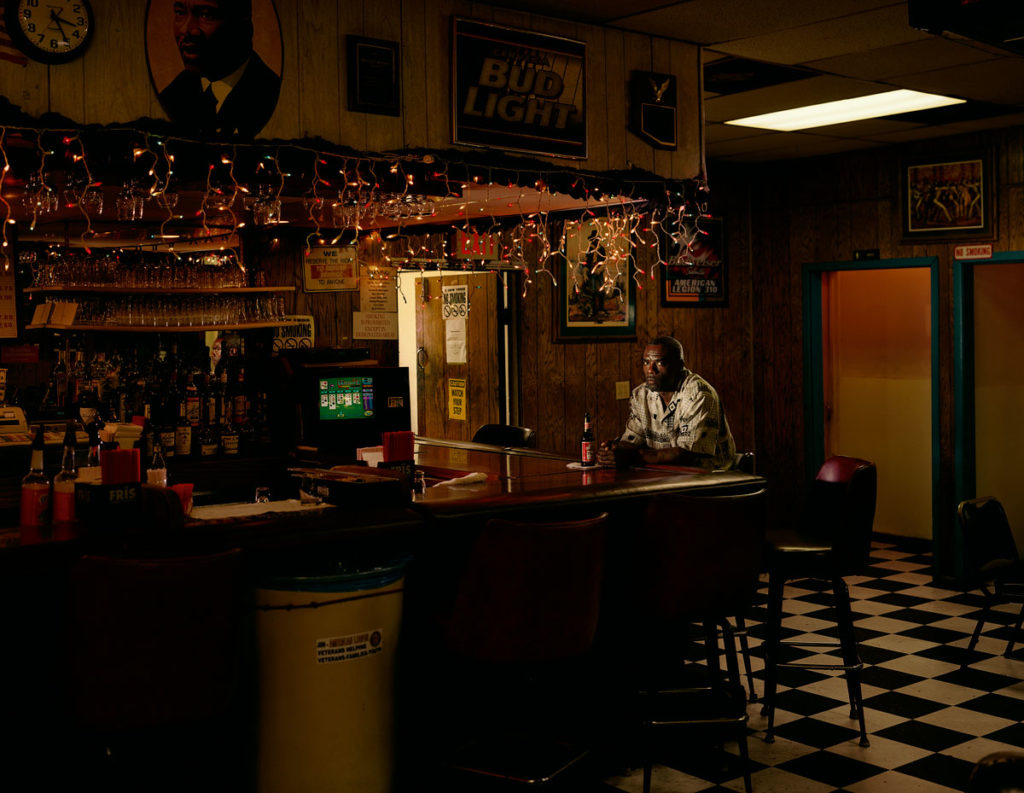
Frederick Daye
Alibi location, American Legion Post 310
San Diego, California, where 13 witnesses placed Daye at the time of the crime
Served 10 years of a Life sentence for Rape, Kidnapping and Vehicle Theft
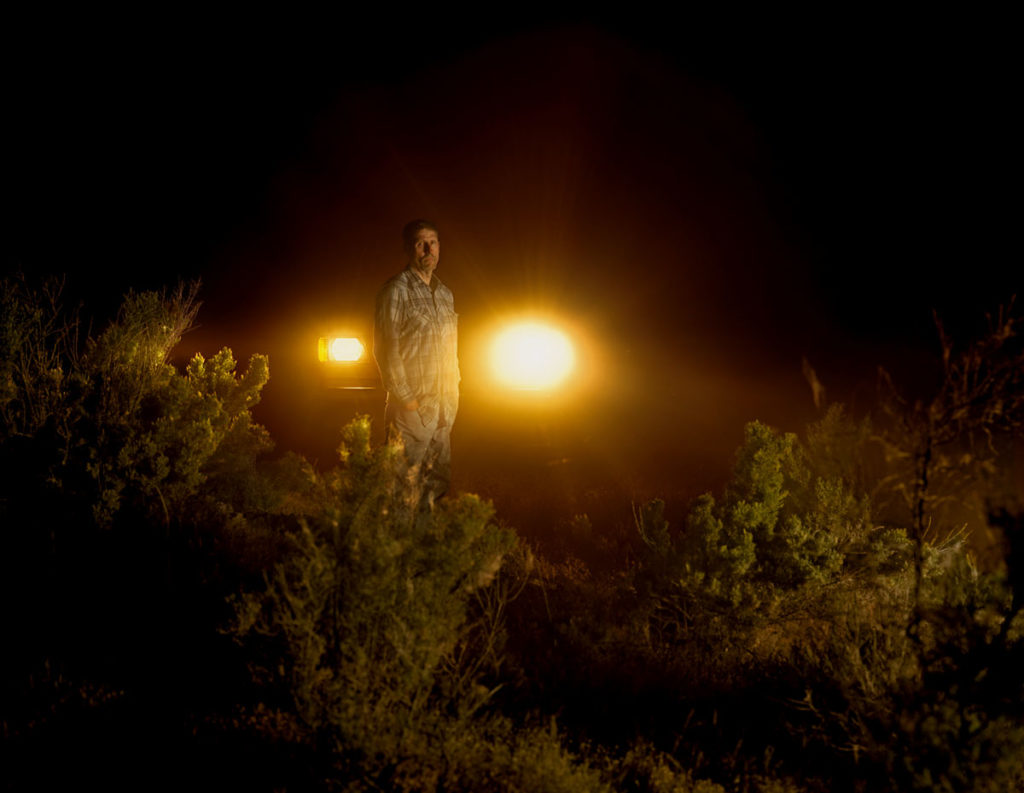
Charles Irvin Fain
Scene of the crime, the Snake River, Melba, Idaho
Served 18 years of a Death sentence for Murder, Rape and Kidnapping
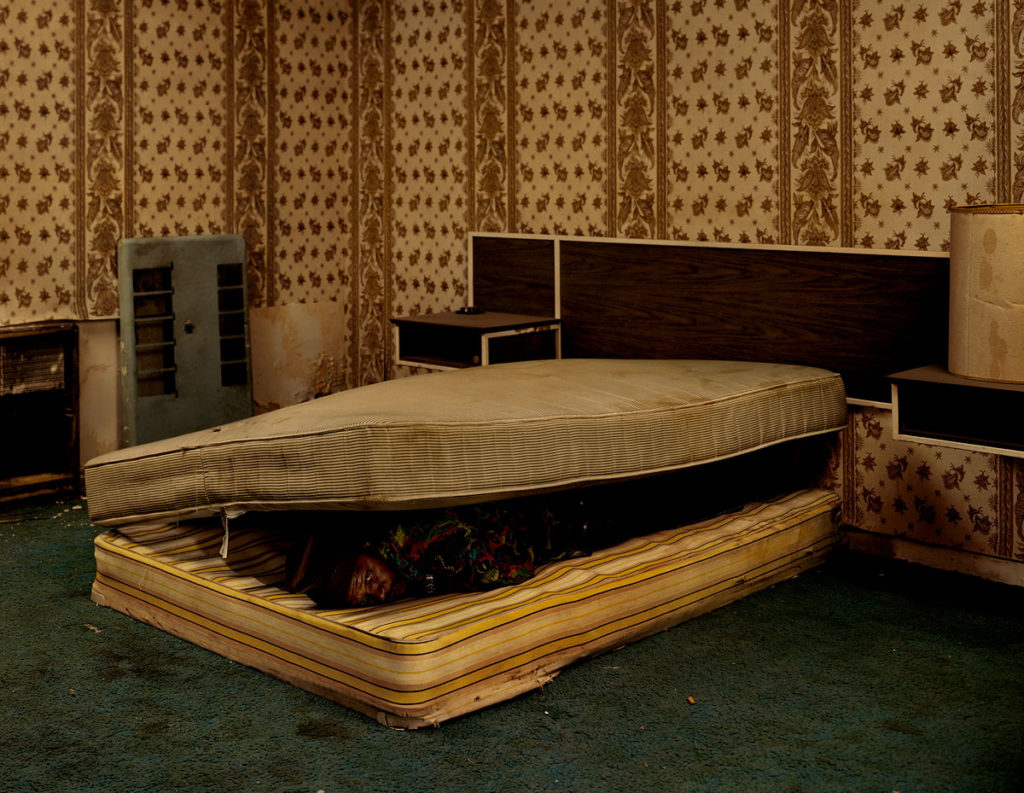
Larry Mayes
Scene of arrest, The Royal Inn, Gary, Indiana
Police found Mayes hiding beneath a mattress in this room
Served 18.5 years of an 80-year sentence for Rape, Robbery and Unlawful Deviate Conduct
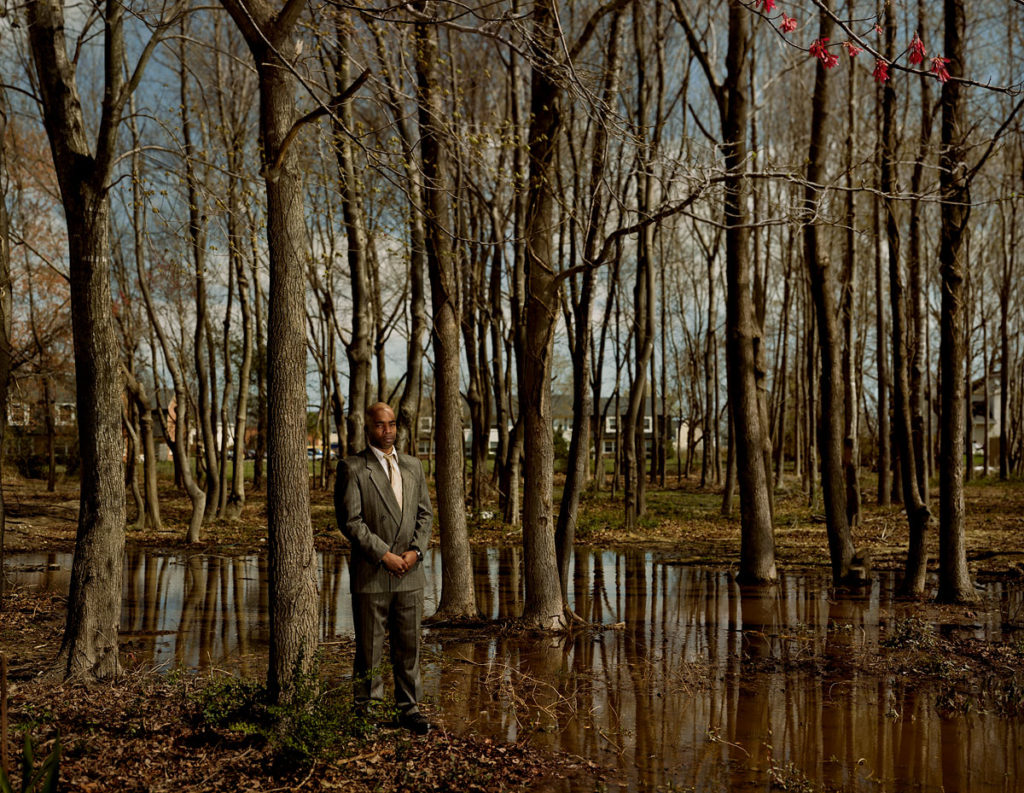
Troy Webb
Scene of the crime, The Pines, Virginia Beach, Virginia
Served 7 years of a 47-year sentence for Rape, Kidnapping and Robbery
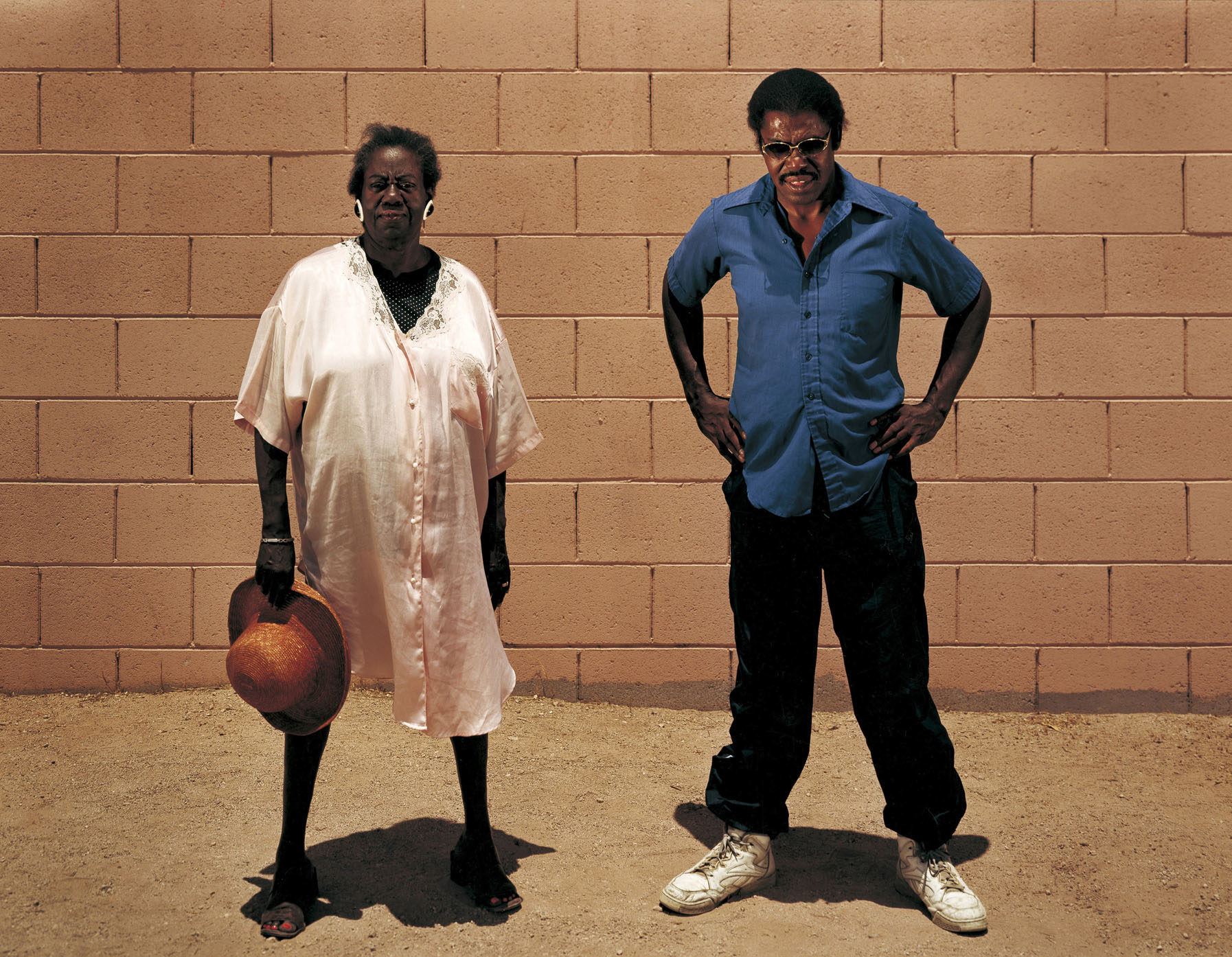
Leave a Reply
Thank you for visiting us. You can learn more about how we consider cases here. Please avoid sharing any personal information in the comments below and join us in making this a hate-speech free and safe space for everyone.